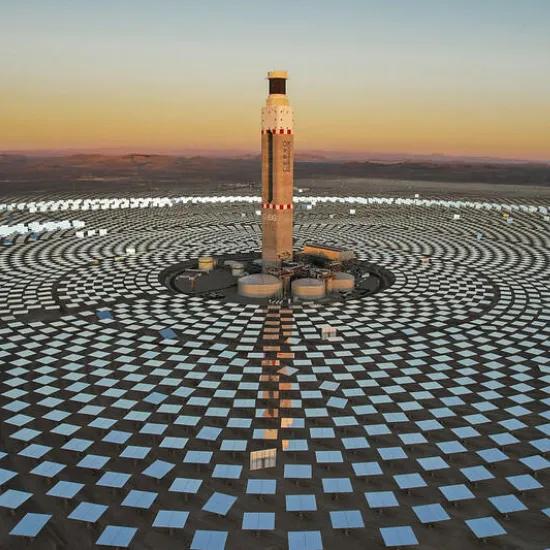3E specializes in optimizing sustainable energy systems to reduce energy expenses for prosumers. One way of doing so is by integrating energy generators (e.g., solar panels) with storage solutions (batteries). This involves figuring out optimal battery-charging and discharging times, to import energy from the grid when prices are low and export excess energy when prices are high. In order to do that, however, accurate and high-frequency forecasts of both energy consumption (load) and the prosumer’s photovoltaic (PV) production are essential.
3E’s previous forecasts for load and PV production were computed in the cloud and updated twice a day. The organization aimed to make those forecasts more accurate and to increase their frequency over the edge using near real-time data. That would enable faster adjustments of the battery (dis)charging schedule, and a more effective use of real-time information.
With that objective came several challenges. For instance, both the long-term trend and the short-term fluctuations of renewable energy sources and consumption had to be predicted accurately. Additionally, machine-learning models that would not propagate errors over the forecast horizon had to be designed.
A direct multi-step forecasting approach
The solution: combining real-time edge measurements and cloud forecasts as model inputs. PV and load signals were decomposed into low-frequency and high-frequency components to facilitate tailored model dynamics for each. Adopting a direct, multi-step forecasting approach, Sirris built separate (linear or non-linear) models for each step-ahead forecast. This method avoids the propagation and amplification of forecast errors observed in recursive approaches, which repeatedly feed previous forecasts into the model.
As a result, Sirris was able to develop lightweight machine-learning models that can be executed in near real-time at the edge. Sirris also provided 3E with heatmaps, so they could easily interpret those models and identify the most influential factors. Moreover, those models substantially reduced the root-mean-square error (RMSE) by more than 50% for PV forecasts and more than 33% for load forecasts, compared to previous models.
Our experts for this innovation project
Florence Guillaume and Estephan Rustom
Annual Report 2023: Another year of innovation!In 2023, we didn't just adapt, we innovated and elevated! From boosting innovation services to diving deep into energy transition and manufacturing, we've been busy. We completed over 1.200 innovation projects and highlighted 13 industrial cases in the annual report. And let's not forget our leap into Generative AI, which is a game-changer. |





